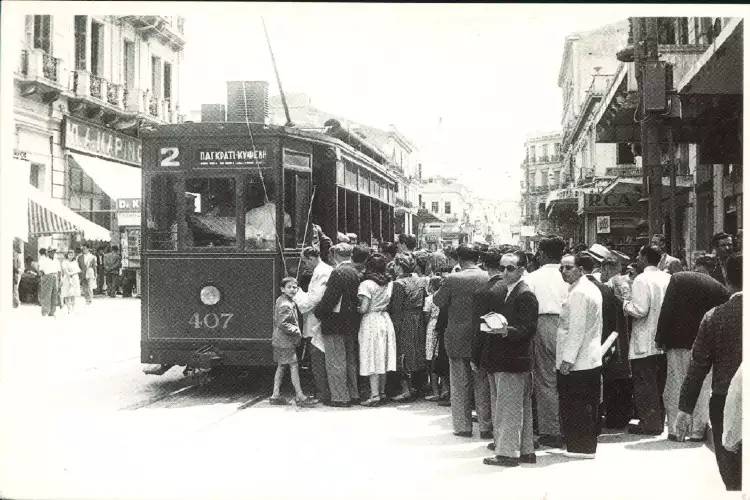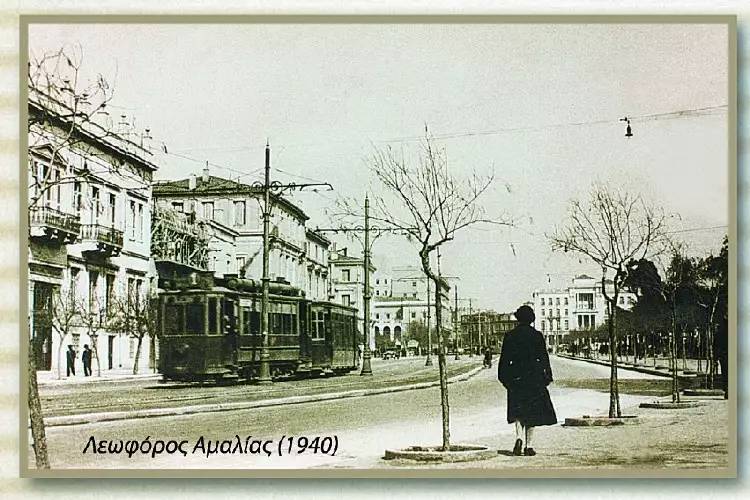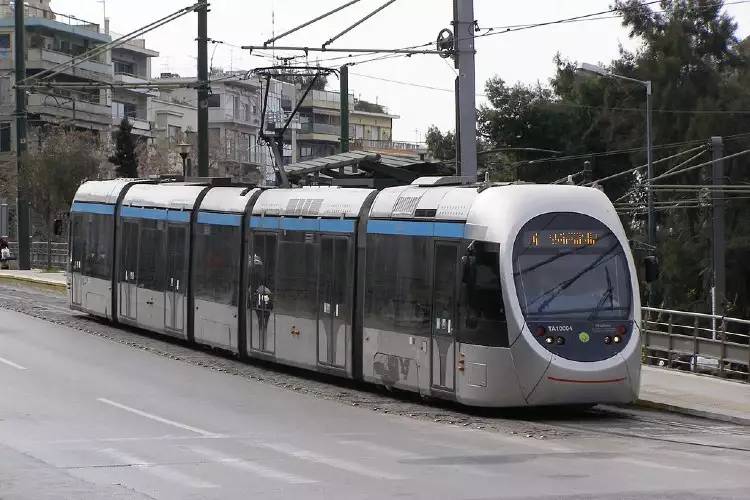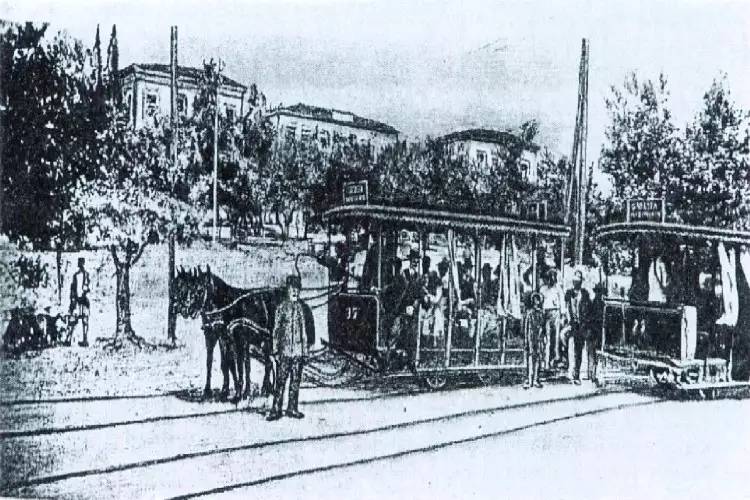The tram has existed in its current form in Athens since 2004. However, its history goes back to the distant past.
Gone are the years of great glory and decline. The tram first appeared in Athens in 1882 and, as an urban transport, has evolved over the years. The first trams were driven by horses harnessed to them. Actually this there were wagons that moved along the then dirt roads of the city. Urban transport consisted of light wagons drawn by three horses each. The wagon was covered with an awning in winter. It could accommodate at the same time 16 people, and in the summer version there were 20 seats.
In total, 800 small horses circulated in Athens. They were selected in such a way that it was comfortable for the horses to move along the bumpy streets of Athens. Horse-drawn animals easily and quickly reacted to the constant stops that were required to be made.
The first tram lines connected the center of Athens with the suburbs. With comfort and fairly quickly, it was possible to get from Syntagma and Gazi to Ampelokipi, Patisia, as well as Omonia Square. In subsequent years, the transport lines were expanded even more. They even began to place advertisements for enterprises of that time on trams.. It was one of the first and most successful forms of conveying information to citizens.

In 1887, an improved form of steam-powered tram appeared in Athens. The Faliro steam tram departed from a stop located in front of the Academy of Athens (Akadimias). Crossing Universitetskaya Street (Panepistimiou) and Amalias Avenue, the tram reached Dzidzifes (quay, Kallithea). there inthe agonchik made a stop at the beach, and then followed to Faliro.
21 years later, on October 30, 1908, they launched first electric trams. The time has come to gradually replace the horse-drawn carriages with this modern mode of transport at that time. In two years, the tram network purchased 257 vehicles – 150 locomotives and 107 wagons. For that time it was very modern technology. Trams were so impressive that many Athenians simply rode them “for pleasure”, with no intention of reaching a specific destination.
The cars were closed, Belgian production. They were equipped electric lighting and very comfortable seats for 16 people. Also in them seats for 14 standing passengers were provided. The cost of the trip was 1 kopeck (δεκάρα).
Over the years, the public urban transport system has grown and modernized. Until the war and occupation during the Second World War spoiled everything. Many lines were abolished with the final removal of the rails. Lthe Patisia – Ampelokipi and Kypseli – Pagrati lines were decommissioned. In October 1960, the last bell of the old traditional Athenian tram rang.. On April 4, 1977, the last remaining line to Peramatos also ceased to operate.

44 years after the last call, the tram has returned to the streets of Athens, and its route is being completely modernized. He began his work on July 19, 2004 in connection with the passage of the Olympic Games in Athens. In 2007 there was an additional extension of the lines from the swimming pool in Glyfada to the Asklepio hospital in Voula. Today, the modern tram network of Athens has 3 lines with the names “Thucydides”, “Aristotle” and “Plato”. Now only the famous lines, first sung in 1948, remind of the old Athenian tram: “Hurry up to catch the last tram …”.

Gone are the years of great glory and decline.
The tram first appeared in Athens in 1882 and, as an urban transport, has evolved over the years.
The first trams were driven by horses harnessed to them. Actually this
there were wagons that moved along the then dirt roads of the city.
Urban transport consisted of light wagons drawn by three horses each.
The wagon was covered with an awning in winter. It could accommodate at the same time
16 people, and in the summer version there were 20 seats.







More Stories
Making a mockery of the Acropolis for the sake of tourism
How Plato spent his last night – what the found papyri showed
Eurovision 2024: the first rehearsal of Marina Satti in Malmö has ended